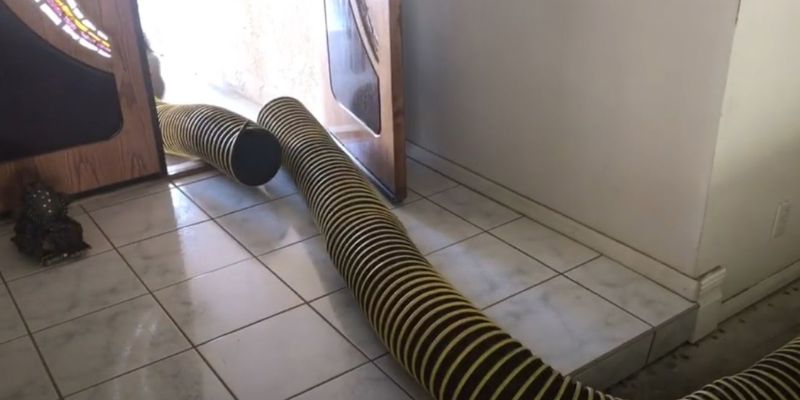How often should ventilation ductwork be cleaned? When it comes to maintaining a healthy and efficient home, the importance of clean ventilation ductwork cannot be overstated. Dirty ducts can lead to poor indoor air quality, higher energy bills, and even health issues. But how often should you clean your ventilation ducts? This comprehensive guide will answer that question and provide you with tips to keep your HVAC system running smoothly.
Why Clean Your Ventilation Ductwork?
Before diving into the frequency of cleaning, it’s important to understand why clean ducts are crucial:
- Enhance Air Condition: Dust, pollen, pet dander, and other contaminants can accumulate in your ductwork and circulate throughout your home. This can exacerbate allergies and respiratory issues.
- Energy Efficiency: Clean ducts ensure that your HVAC system operates efficiently, which can lower your energy bills.
- Prolonged HVAC System Life: Regular maintenance, including duct cleaning, can extend the life of your HVAC system by preventing blockages and reducing strain on the system.
How Often Should You Clean Your Ducts?
The frequency of duct cleaning depends on several factors, including your location, HVAC system usage, and the presence of pets or smokers in your home. However, a general guideline is to clean your ducts every 3-5 years. Here are some specific scenarios that might necessitate more frequent cleaning:
- Renovation Projects: If you’ve recently renovated your home, construction debris can find its way into your ducts.
- New Home: New homes can have construction dust and debris in the ductwork.
- Pets: Homes with pets might need more frequent cleaning due to pet hair and dander.
- Allergies or Asthma: If anyone in your home suffers from allergies or asthma, more frequent cleaning can help reduce symptoms.
- Visible Mold: If you see or smell mold in your ducts, immediate cleaning is necessary.
- Insect or Rodent Infestations: If there’s evidence of pests in your ducts, they need to be cleaned right away.
Signs Your Ducts Need Cleaning
- Visible Dust and Debris: If you see dust and debris around your vents or in the air, it’s time to clean your ducts.
- Unusual Odors: Musty or moldy smells coming from your vents can indicate mold growth.
- Inconsistent Airflow: If some rooms are hotter or colder than others, your ducts may be blocked or leaking.
- Increased Allergy Symptoms: If your family’s allergy symptoms worsen when you’re at home, your ducts may be to blame.
DIY vs. Professional Cleaning
While there are DIY methods for cleaning your ducts, professional cleaning is recommended for thorough and safe results. Professional duct cleaners use specialized equipment to remove dust, debris, and contaminants from your ducts. They can also inspect your system for any issues that may need addressing.
Maintaining Clean Ducts
In addition to regular professional cleanings, here are some tips to help maintain clean ducts:
- Change Your Filters Regularly: Replace your HVAC filters every 1-3 months to keep dust and debris from entering your ductwork.
- Vacuum Regularly: Regular vacuuming can help reduce the amount of dust and debris that ends up in your ducts.
- Seal Your Ducts: Make sure your ducts are properly sealed to prevent dust and debris from entering.
Conclusion
Regularly cleaning your ventilation ductwork is essential for maintaining good indoor air quality, energy efficiency, and the longevity of your HVAC system. By following the guidelines above and scheduling professional cleanings every 3-5 years, you can ensure that your home remains a healthy and comfortable environment.
Air Duct Cleaning Huntsville Al is your go-to professional air duct cleaner in Huntsville, serving Madison, Athens, and Decatur. We proudly extend our services to cities including:
Have questions about our auto detailing services? Give us a call at (256) 858-7911 or fill out the form below. You can also connect with us on Facebook!
